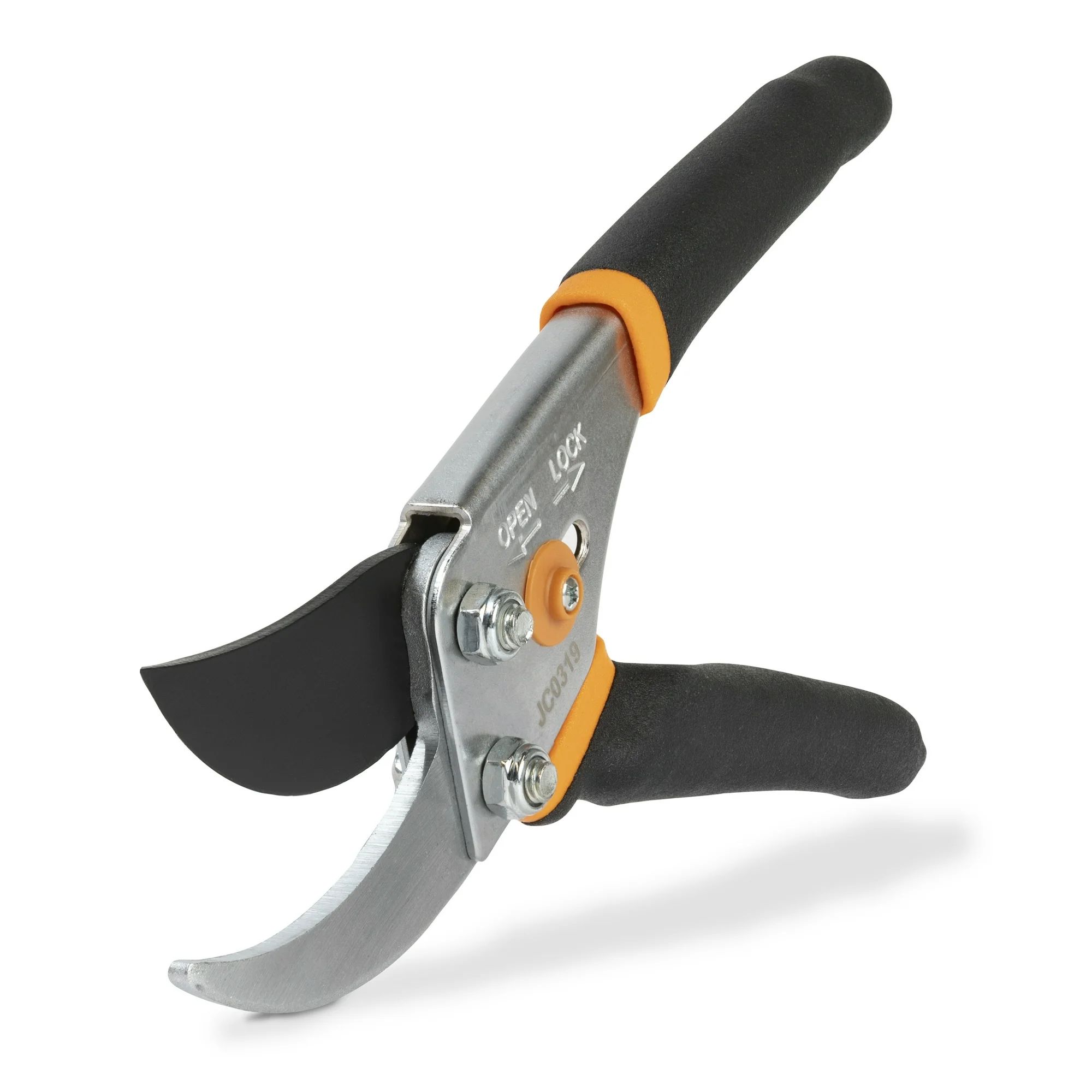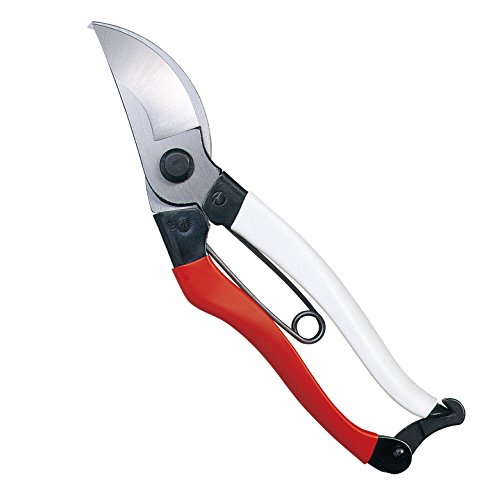When and how to prune junipers – we reveal the expert techniques to avoid bare patches and bald spots in your evergreens
Prune lightly and thoughtfully, as these slow-growing shrubs take time to recover

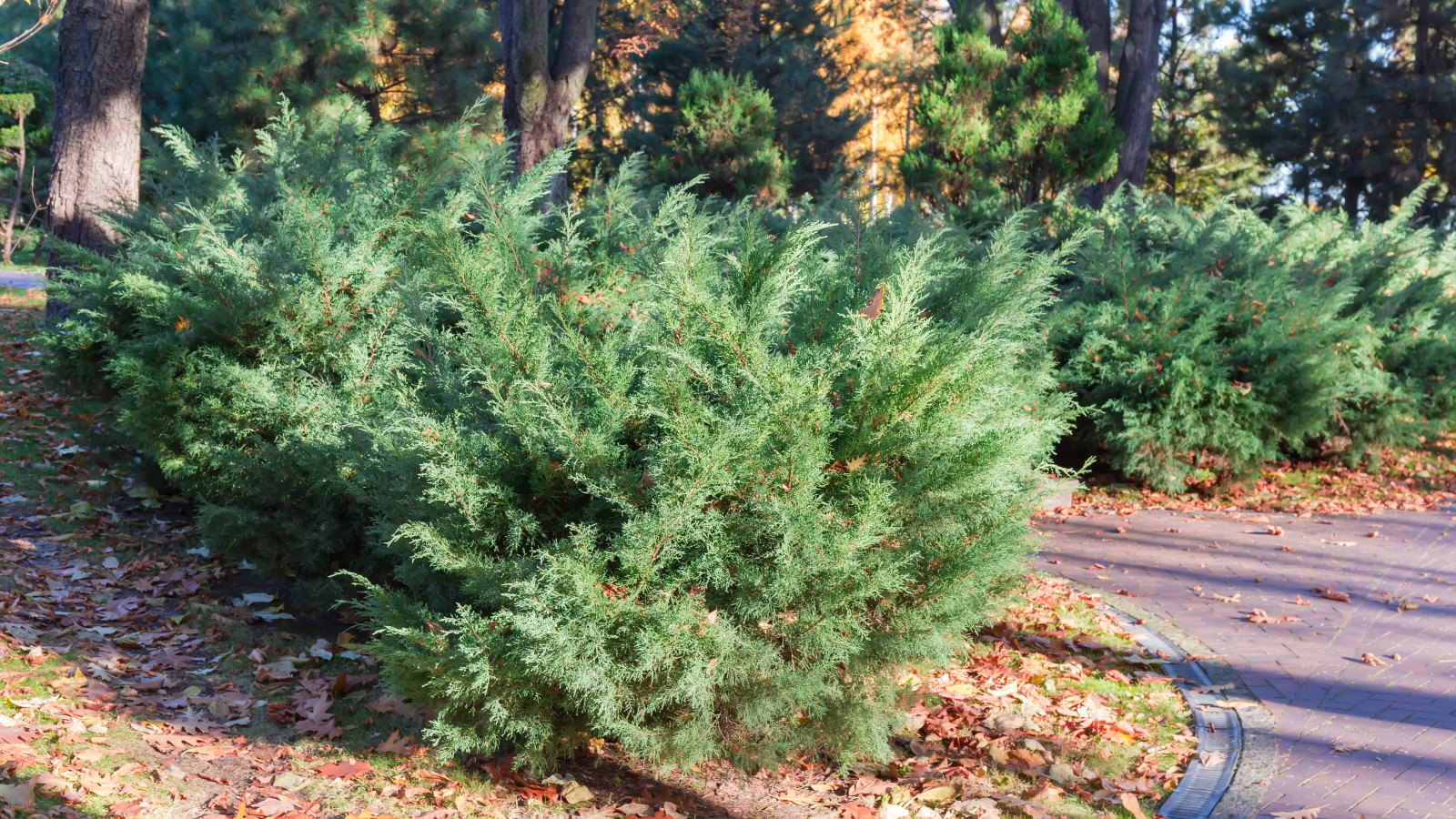
Juniper bushes are hardy evergreen coniferous shrubs that can come in many shapes and sizes. A popular plant thanks to its versatility and low-maintenance growing habits, you will not need to prune junipers lots but there are pitfalls to avoid when you do.
Junipers rank among the easiest evergreen shrubs you can plant in a backyard. When established, junipers often need little watering or feeding. They also require minimal pruning and can usually be left to their own devices without the need for trimming - bar the removal of any dead or damaged branches.
There may be times when even these easy-going evergreens do require a prune. When that need does arrive, knowing when and how to prune junipers ensures you keep them healthy and looking their best. This is because pruning at the wrong time or making ill-advised cuts can leave a lasting scar and you may be left with bald spots as these slow-growing shrubs will not recover quickly.
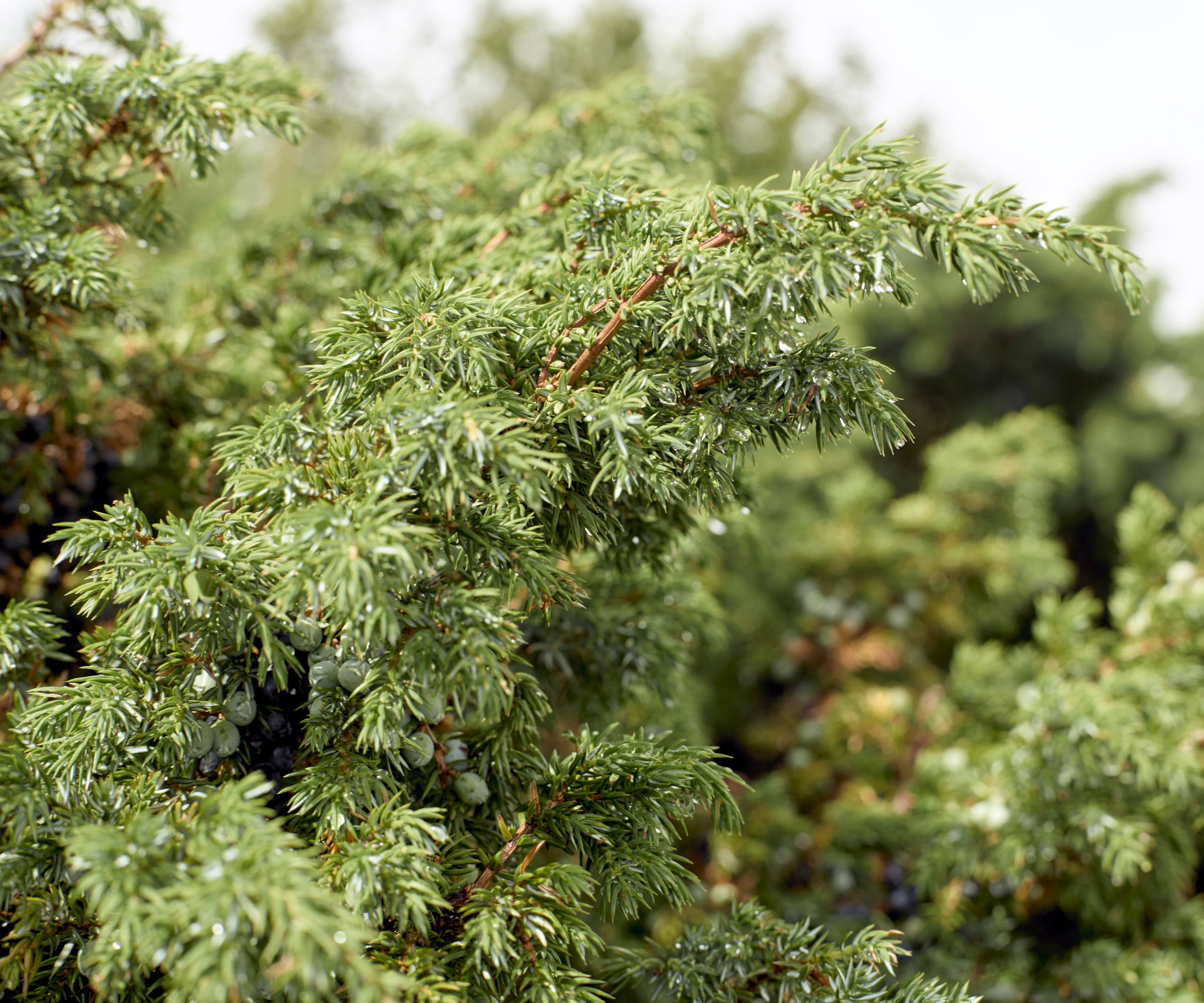
When and how to prune junipers
The main reasons to prune junipers include maintaining a chosen shape and preventing the bush from getting too large for its space. However, one of the reasons junipers are so popular when landscaping with evergreens is their slow-growing nature which means trimming is minimal. Pruning too much will negatively impact their shape and can cause bald spots - so follow our expert tips for when you prune junipers, starting with the right time to prune.
When to prune junipers
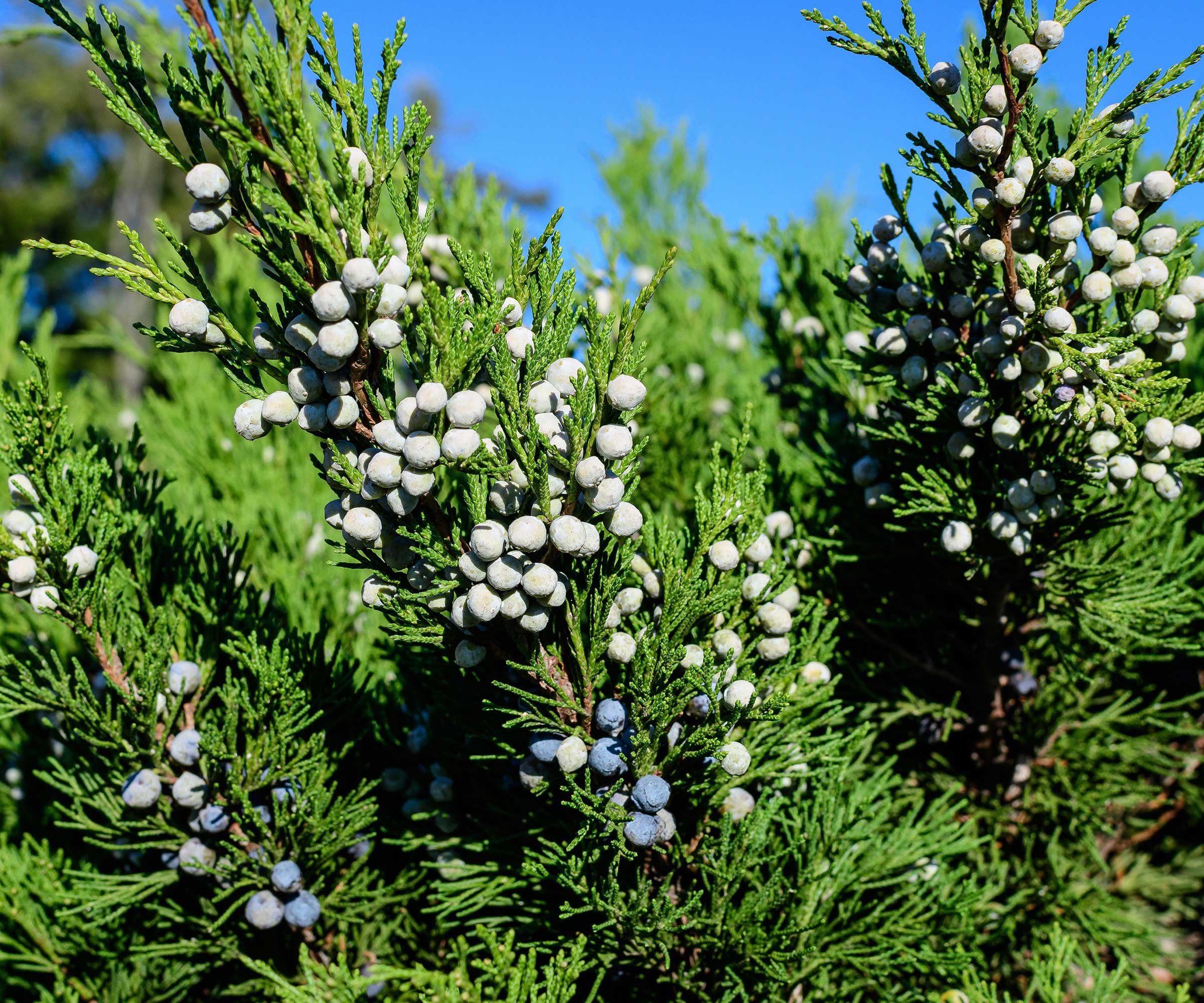
Junipers may not need lots of pruning, but it is still important to only trim the evergreen shrubs at the right time to avoid risking the appearance and health of the shrub. New York Botanical Garden (NYBG) experts claim the plant’s growth habit helps dictate the best time to prune junipers.
‘They produce new growth in spring and fall, so it's best to prune them in late winter or early spring, before new buds have broken,’ NYBG gardening experts say in response to a plant query on pruning mature junipers. ‘You may also do a little touch-up pruning in the summer months.’
Pruning before they start actively growing in the spring helps junipers recover quickly from the trimming and minimizes stress on the bush. It also lessens the impact on the bush's aesthetics, as the juniper produces a flush of new tender growth to cover any pruning cuts.
Design expertise in your inbox – from inspiring decorating ideas and beautiful celebrity homes to practical gardening advice and shopping round-ups.
The weather conditions on any particular day during the trimming window will also impact the timing of pruning junipers. Trimming in freezing temperatures would be a pruning mistake.
Plus, Lee Miller, a landscape designer and consultant from Long Island, New York, adds: ‘Watch the weather forecast and avoid any pruning when rain is predicted, as open cuts could make the plant more susceptible to disease.’
There should be no rush to prune junipers, so add the task to a spring gardening checklist and wait for the ideal time to head out with the pruning tools and do some gentle trimming.

Lee Miller is a garden designer, consultant, garden coach, speaker, and award-winning garden author from the south shore of Long Island, who has been involved in the horticultural industry for over 28 years.
How to prune junipers
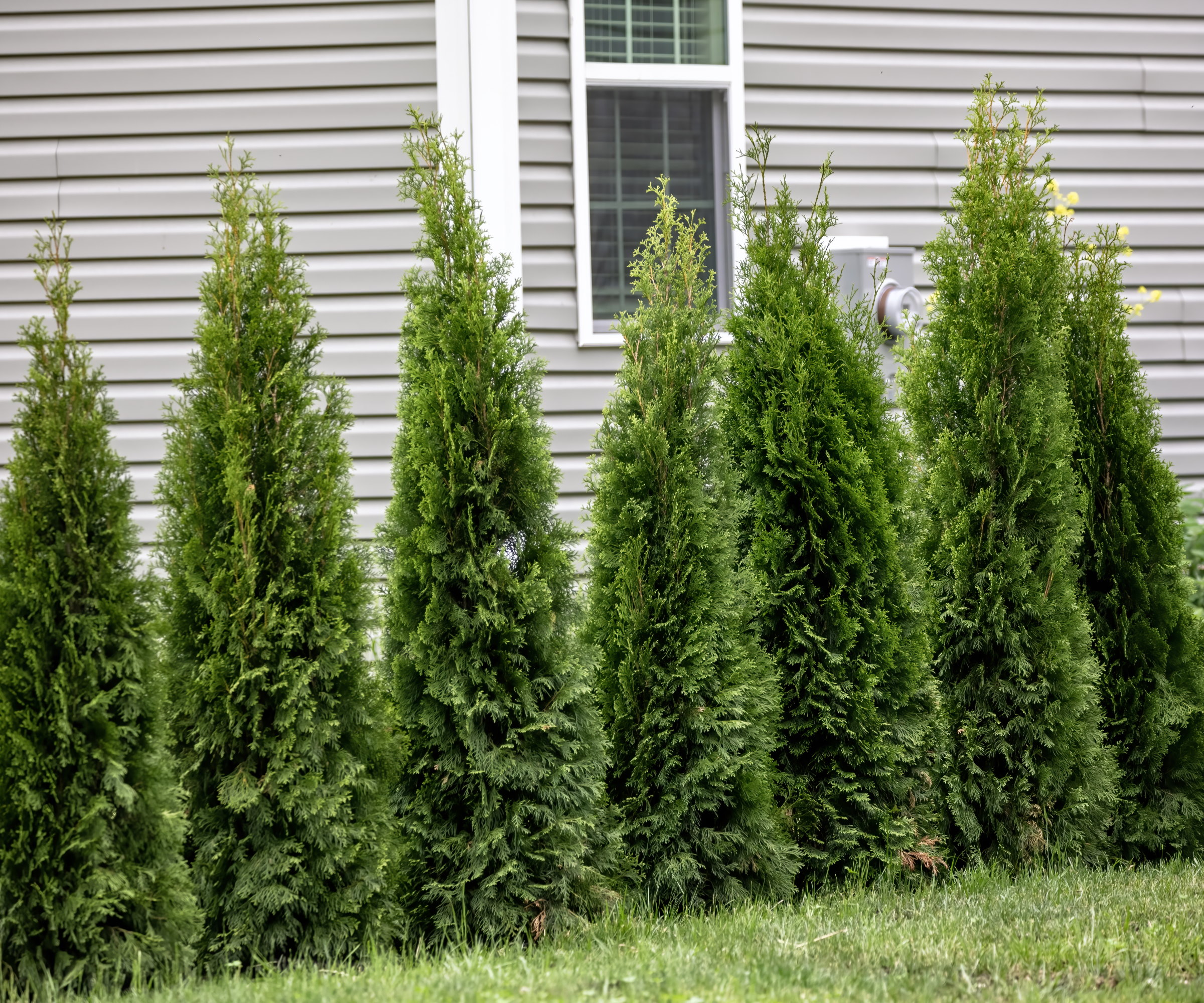
The best advice for how to prune juniper shrubs is to trim lightly and thoughtfully. This way the bush will be left looking neat and natural. Take time to trim selected branches and regularly step away to assess your progress and avoid getting carried away. Junipers are slow-growing plants, so any errors can take a long time to recover from.
Remove dead, diseased, or damaged limbs and use clean and sharp pruning shears to remove selected branches to create a natural-looking shrub. When selecting branches to trim, look for ones where existing growth will cover any evidence of trimming - this ensures you avoid leaving bare patches or other eyesores.
As with any shrub pruning, the juniper should be tapered so it is wider at the base than the top. This ensures that light gets to the lower parts of the juniper and it grows healthily.
‘Prune selectively to maintain the natural appearance of the plant and always cut to the next upright branch, not to leave exposed branches that can be prone to disease,’ recommends Lee Miller. ‘Be sure to prune at a forty-five-degree angle upwards to a side growing branch using sharp clean bypass pruners.’
Junipers do not respond well to heavy pruning and it is best to observe the one-third pruning rule and never trim out more than a third of the plant in one go.
Another big shrub pruning mistake would be to cut back into the old darker-colored wood - where there will be no needles. This is because new growth will not reappear from the bare old wood and you will be left with large bare patches and holes in the shrub.
If your juniper has grown too large for its space over the years, it is better to replace the shrub with other small evergreens rather than cut deeply into old wood from which the juniper won’t regenerate.
Unless your juniper is grown as a topiary plant, it would also be an error to just shear the outer growth of the bush. Going over the edges with hedging shears or a hedge trimmer will encourage dense growth at the edges, rather than any interior growth.
Tools for pruning junipers
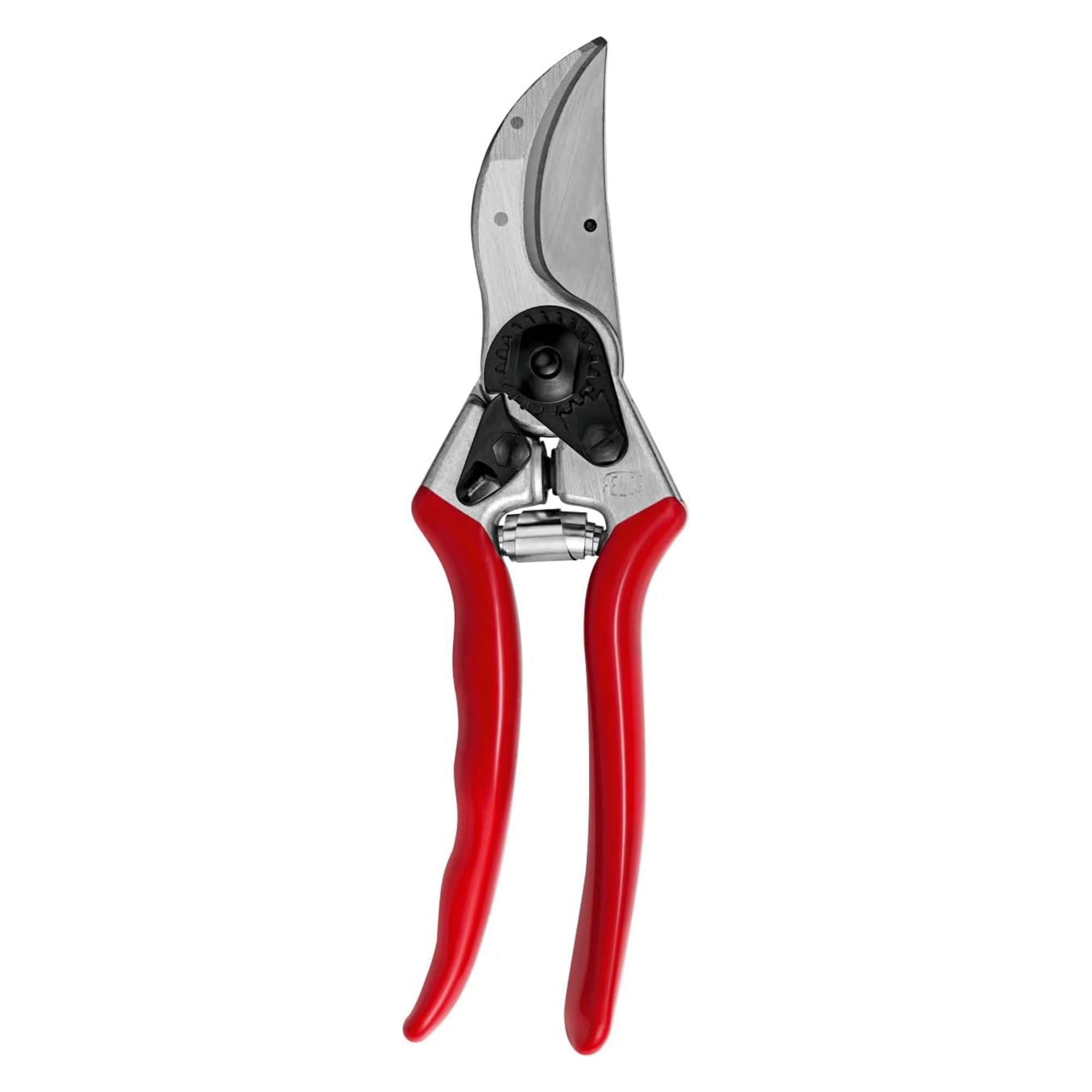
Felco No. 2 pruners are a premium pair of bypass pruning shears with hardened steel blades and forged aluminium alloy handles. Often touted as the best pruners on the market, every part can be replaced.
FAQs
Can I prune junipers in the summer?
Junipers can be lightly trimmed in the summer to gently shape the bush but avoid pruning during periods of extreme heat.
Can you prune junipers in the fall?
Avoid pruning junipers in the fall, as this can encourage the development of lush new growth that can be damaged by winter. The juniper can be left showing the aftereffects of dieback and is at risk of browning from frosty weather or cold winds.
There is a huge variety of junipers to choose between, suitable for many backyard needs. For example, creeping juniper is a low-growing variety that sprawls horizontally along the ground and can be a great option for an attractive ground cover plant. Creeping juniper is a fantastic low-maintenance plant for an evergreen ground cover that is drought-tolerant, requires little feeding, and only needs trimming if any dead or damaged growth is spotted.

Drew has worked as a writer since 2008 and was also a professional gardener for many years. As a trained horticulturist, he worked in prestigious historic gardens, including Hanbury Hall and the world-famous Hidcote Manor Garden. He also spent time as a specialist kitchen gardener at Soho Farmhouse and Netherby Hall, where he grew vegetables, fruit, herbs, and cut flowers for restaurants. Drew has written for numerous print and online publications and is an allotment holder and garden blogger. He is shortlisted for the Digital Gardening Writer of the Year at the 2025 Garden Media Guild Awards.
